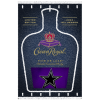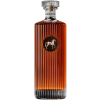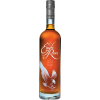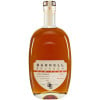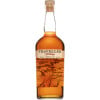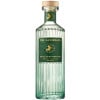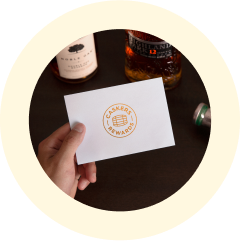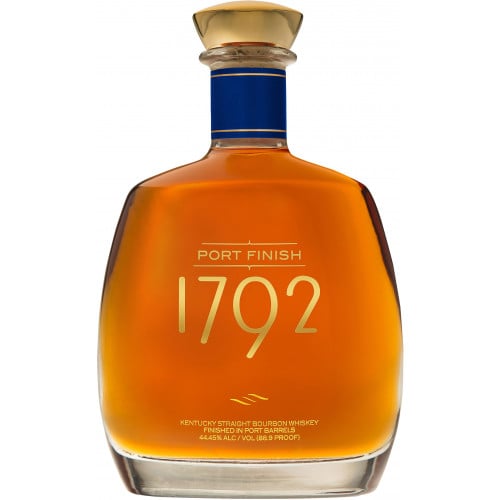About 1792 Port Finish Kentucky Straight Bourbon Whiskey
1792 Port Finish Small Batch Kentucky Straight Bourbon Whiskey is made from a mash of corn, rye and malted barley. While the use of corn in the bourbon's recipe adds classic notes of buttered bread, biscuits and roasted nuts, the heavy use of rye in the bourbon's mashbill yields a more complex and full-bodied whiskey.
After distillation, the bourbon is aged in new, American oak casks for six years in Warehouse Z on the distillery's estate in Bardstown, Kentucky. Warehouse Z is situated on the edge of a bluff and as a result, enjoys the intense heat and humidity that are ideal for maturing whiskey. “When it comes to barrel aging,” says Ken Pierce, Barton 1792's master distiller, “it's just like real estate — location, location, location. That's why 1792 ages in Warehouse Z up there on the bluff.” In addition, during the maturation process, Pierce samples each cask of bourbon as it rests to determine when the bourbon has reached its peak of maturity. “Quality in, quality out,” says Pierce, who has over two decades of experience at the distillery.
After its initial six-year aging, 1792 Port Finish Small Batch Kentucky Straight Bourbon Whiskey is aged for an additional two years in casks previously used to mature port wine. The subtle, sweet characteristics of the port casks lend aromas of caramel apples, vanilla and intense chocolate to the bourbon, as well as notes of strawberry jam, raisins, gingerbread and cinnamon toast. The finish is long and complex, accented by hints of sweet licorice and cherry pie.
Once the bourbon has matured for a total of eight years, it is brought to proof with water drawn from the Tom Moore spring. The iron-free, Kentucky limestone water — the same water used by Moore over a century ago when crafting his own whiskey — adds a subtle touch of complexity and depth to the bourbon.
This fantastic bourbon is limited in supply, and won’t be around long — make sure you pick up a bottle (or two) today!
About 1792 Bourbon
In 1876, John D. Willett — one of Kentucky's original bourbon aristocrats — transferred his interest in the Willett & Frenke Distillery to his sons-in-law, Benjamin Mattingly and Thomas Moore. Mattingly and Moore continued to operate the Willett & Frenke Distillery together until 1881 when Mattingly finally sold his stake in the company to a group of investors. Within a few years, Thomas Moore acquired complete control over the distillery and eponymously renamed it.
Moore would continue to operate the distillery for another five decades until he was ultimately forced to close his doors at the onset of Prohibition. Today, the Barton 1792 Distillery operates on the same site as the historic Tom Moore Distillery and continues to use the same methods that Moore used over a century ago when distilling his own bourbon. After the grains are harvested, they are mashed and fermented before being distilled through a copper-pot still. Next, the whiskey is aged in new, American oak casks on the distillery's estate in Bardstown, Kentucky.
About Bourbon
There are not many things more American than bourbon, and although most of it is produced in Kentucky, it can be produced all over the USA.
It must be made with at least 51% corn and bottled at 40% ABV or higher. So why not give this American classic a try?
Check out our impressive selection of bourbons, find your new favorite in Top 10 bourbons, or explore our treasury of rare & hard to find bourbons.
